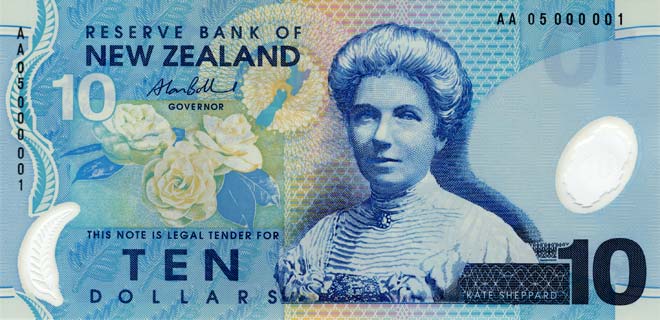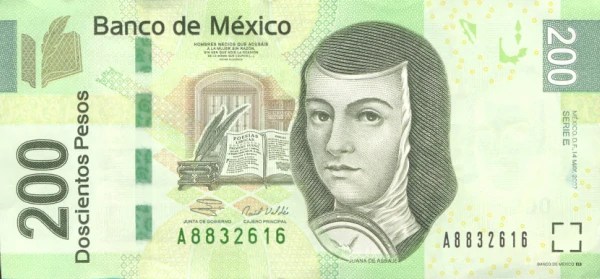Harriet Tubman won’t be on the $20 bill—at least not next year, as planned. Secretary of the Treasury Steven Mnuchin announced last week that further redesigns on the new $20 bill will be delayed until 2026. This timing was intentional: Mnuchin delayed the redesign over concerns that President Donald Trump would cancel the newly designed bill altogether, according to the New York Times.
While campaigning for the 2016 election, Trump criticized the redesign as “pure political correctness.” Instead, Trump has suggested that Tubman should be put on the (infrequently used) $2 bill.
The plan to feature Tubman on the $20 bill began with President Barack Obama’s treasury secretary, Jacob J. Lew, and the new bill was set to be unveiled in 2020, coinciding with the 100th anniversary of the Nineteenth Amendment (although, as Vox observes, it seems unlikely that Tubman would have been able to vote in 1920).
Tubman—an abolitionist who helped slaves to freedom using the Underground Railroad, a Union scout during the Civil War, and later an advocate for women’s rights—would have replaced President Andrew Jackson on one side of the bill. Jackson, who was president from 1829 to 1837, was a slaveholder who played a major role in the forcible relocation of Native Americans to territory east of the Mississippi River through the Trail of Tears.
Despite increasing calls in recent years to replace Jackson on the bill, Mnuchin has stated he will be focusing on improving anti-counterfeiting measures. “The ultimate decision on the redesign will most likely be another secretary down the road,” he told the Times.
Women have rarely been featured on the United States’ money, and, when they have, it has been on infrequently used currency, such as $1 coins. For example, Sacagawea coins, otherwise known as “golden dollars,” have been periodically issued, and the Susan B. Anthony Dollar was first issued in 1979. However, no women have appeared on America’s paper currency since the 19th century. People of color are even less represented on U.S. currency.
As Doug Mudd, museum director and curator at the Edward C. Rochette Money Museum told CNN, “Most world money reflects current times much better than the U.S. money.” Here’s a look at women featured on the currency of other countries.
Australia

(Photo: Wikimedia Commons)
In Australia, Mary Gilmore has been featured on the country’s $10 note since 1993. Gilmore was an author and an activist. One of her most popular works, The Wild Swan, published in 1930, explored the destruction of Aboriginal lore and native lands as a result of encroaching white civilizations. Working for Australian magazine The Bulletin and The Sydney Morning Herald, Gilmore became an advocate for the welfare of vulnerable and marginalized groups, according to National Geographic.
Edith Cowan, the first female member of the Australian Parliament in 1921, has been on the $50 note since 1995. Mary Reiby, one of the most successful business leaders in Australia, is on the $20, and Nellie Melba, an internationally renowned opera singer born in 1861, is on the $100 note.
New Zealand

(Photo: Reserve Bank of New Zealand)
Kate Sheppard has been on New Zealand’s $10 note since 1990, replacing Queen Elizabeth II. Sheppard was an advocate for women’s rights who played a key role in the country’s suffrage movement. In 1893, Sheppard and other activists collected signatures from nearly 32,000 people to demonstrate support for the suffrage movement. That same year, New Zealand became the first country to grant women the right to vote. Sheppard also became an activist for other causes, including increasing contraception access, eliminating corsets, and improving professional opportunities for women.
Mexico
Frida Kahlo has been featured on the 500 peso note in Mexico since 2010. Kahlo was an accomplished artist whose paintings included elements of surrealism, fantasy, and folklore. Kahlo is known for highlighting and celebrating Mexican and indigenous culture and feminist themes. (A new design that entered circulation last year will eventually replace the bill featuring Kahlo.)

(Photo: Currency Wiki)
Sor Juana Inés de la Cruz, a 17th-century nun and self-taught scholar, appears on the 200 peso note. One of her most famous poems, “Hombres necios” (which translates to “Foolish Men”), argues that men behave illogically when they criticize women. Cruz was also a well-known advocate for women’s rights, and argued that women have the right to attain education on secular topics.
Other countries, including the Philippines, Sweden, and Argentina, also feature women on their currency.





